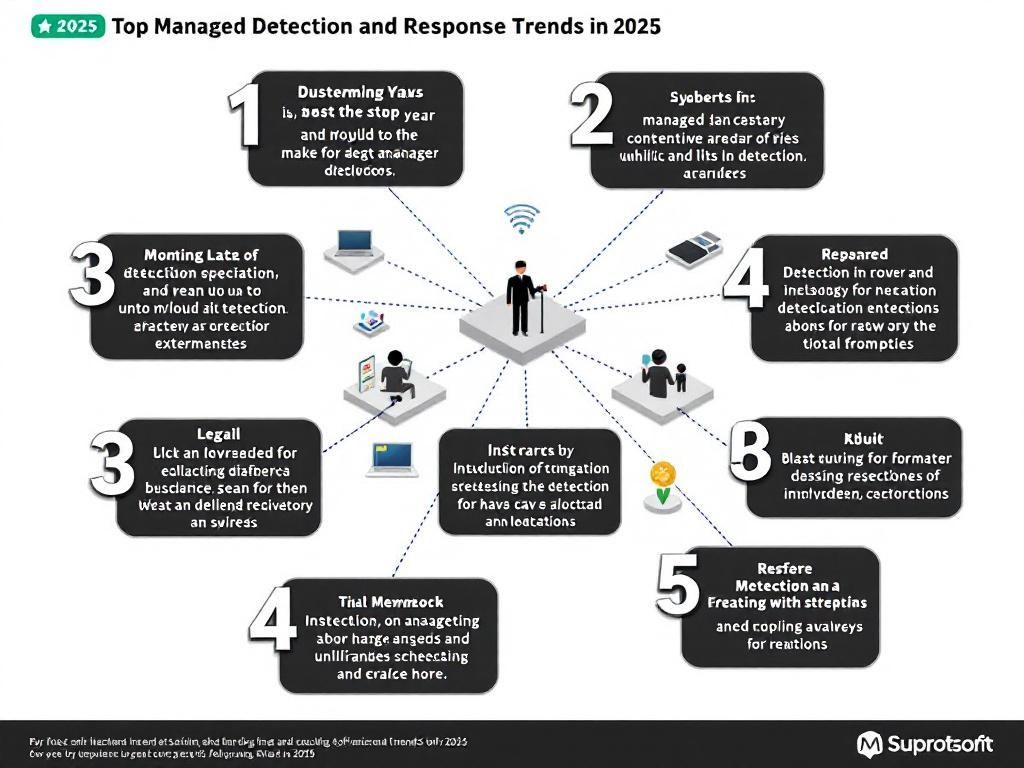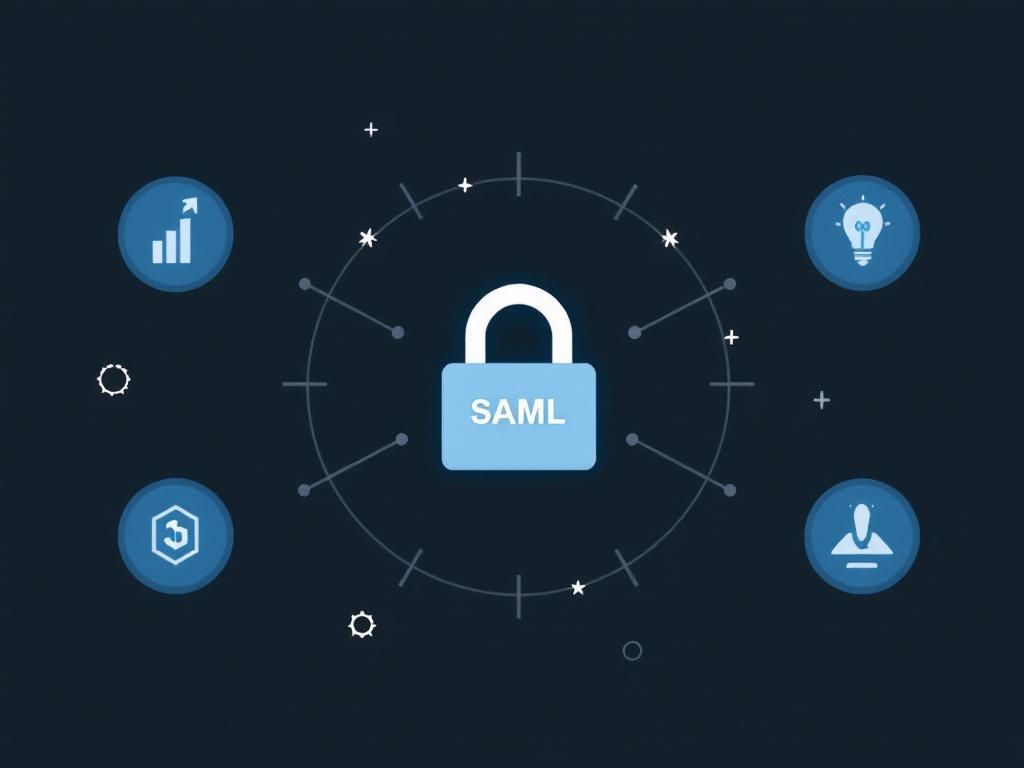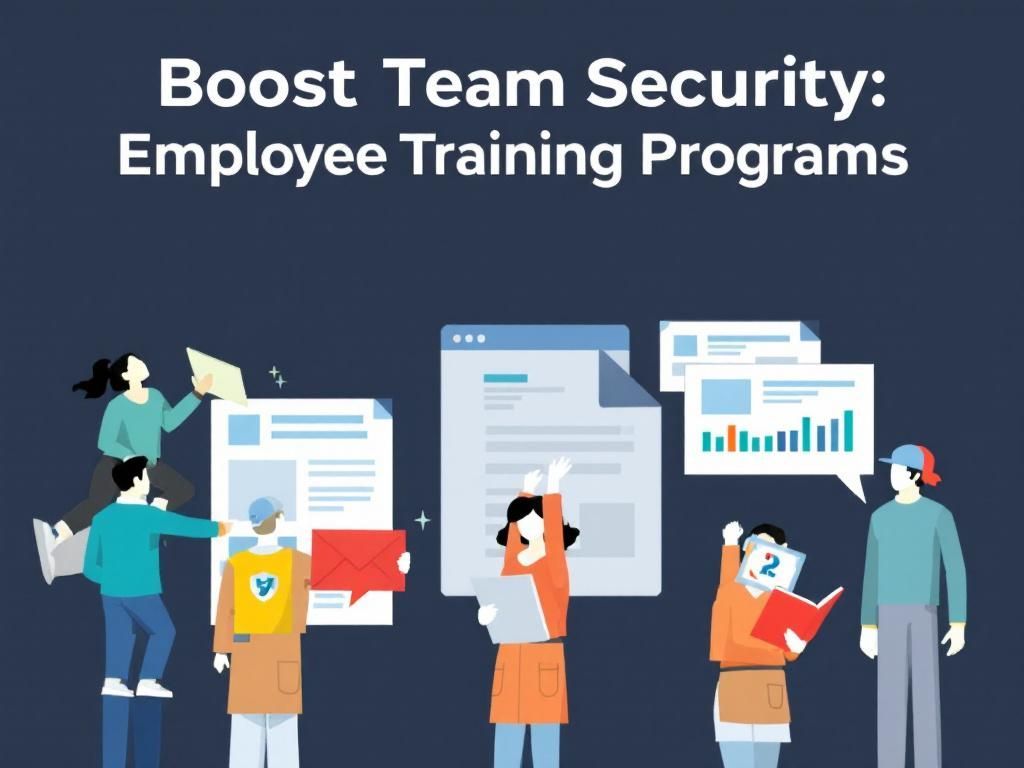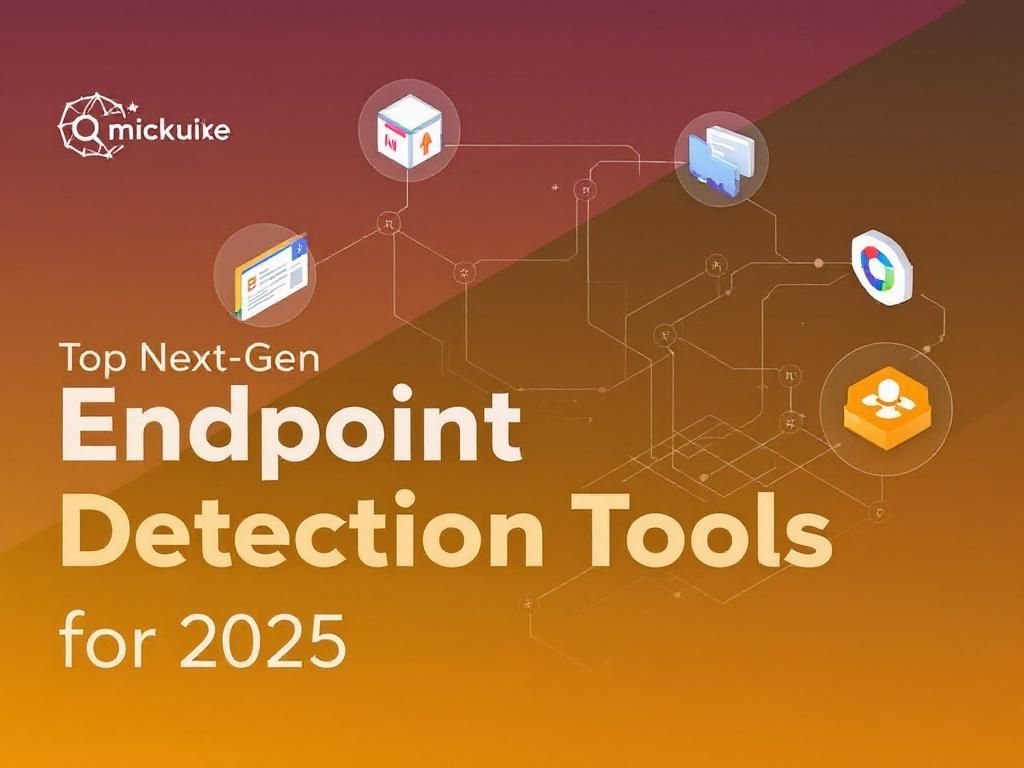Boost Your SaaS Security Posture: Essential Insights
Discover key insights to enhance your SaaS security posture and protect your business from potential threats.

In today’s digital landscape, Software as a Service (SaaS) solutions have become integral to business operations across various industries. However, with the increasing reliance on SaaS applications comes the heightened responsibility of ensuring their security. Cyber threats are evolving rapidly, and organizations must be proactive in enhancing their security posture to safeguard sensitive data and maintain trust with their customers. This article delves into key insights and strategies that can help businesses boost their SaaS security posture effectively.
Table of Contents
The Importance of SaaS Security
As organizations increasingly adopt cloud-based services, understanding the importance of SaaS security becomes paramount. Here are some compelling reasons:
- Data Protection: SaaS applications often handle sensitive data, making them prime targets for cybercriminals.
- Compliance: Many industries are governed by strict regulations concerning data protection, requiring organizations to maintain a robust security posture.
- Reputation Management: A security breach can lead to significant reputational damage, impacting customer trust and business performance.
- Cost Efficiency: Investing in security measures can prevent costly breaches, legal fees, and recovery expenses.
Key Components of SaaS Security
1. Identity and Access Management (IAM)
A critical aspect of SaaS security is ensuring that only authorized users have access to sensitive applications. IAM solutions help manage user identities and their access rights effectively. Consider implementing the following:
- Single Sign-On (SSO): Simplifies user access while enhancing security.
- Multi-Factor Authentication (MFA): Adds an additional layer of security by requiring multiple forms of verification.
- Role-Based Access Control (RBAC): Ensures that users only have access to the data necessary for their roles.
2. Data Encryption
Encrypting data both at rest and in transit is essential for protecting sensitive information from unauthorized access. Ensure that:
- All sensitive data is encrypted using industry-standard algorithms.
- Encryption keys are managed securely and rotated regularly.
- End-to-end encryption is implemented for critical applications.
3. Regular Security Audits
Conducting regular security audits helps identify vulnerabilities and areas for improvement in your SaaS security strategy. Key components of a security audit include:
- Vulnerability Assessments: Identify weaknesses in your infrastructure and applications.
- Pentration Testing: Simulate attacks to assess the effectiveness of your security measures.
- Compliance Checks: Ensure adherence to relevant regulations and standards.
Best Practices for Enhancing SaaS Security
1. Implement Security Policies
Establishing comprehensive security policies is crucial for guiding employees on best practices and expectations. Key policies to consider include:
| Policy | Description |
|---|---|
| Data Protection Policy | Guidelines for handling and protecting sensitive data. |
| Incident Response Plan | Procedures to follow in the event of a security breach. |
| Acceptable Use Policy | Defines acceptable behaviors when using organizational resources. |
2. Continuous Monitoring and Threat Detection
Implement solutions that continuously monitor SaaS applications for suspicious activities and potential threats. Consider the following:
- Security Information and Event Management (SIEM): Centralizes security monitoring and provides real-time alerts.
- Behavioral Analytics: Identifies anomalies in user behavior that may indicate a security threat.
- Automated Threat Detection: Leverages machine learning to detect and respond to threats in real-time.
3. Vendor Risk Management
Businesses often rely on third-party vendors for SaaS solutions. It is crucial to assess the security posture of these vendors by:
- Requesting security certifications and compliance reports.
- Evaluating their incident response plan and support capabilities.
- Conducting regular assessments to ensure ongoing security.
Technology Tools to Consider
Several technology tools can assist in enhancing your SaaS security posture:
- Cloud Access Security Brokers (CASBs): Provide visibility and control over SaaS applications.
- Endpoint Protection Platforms (EPPs): Protect endpoints from malware and unauthorized access.
- Identity Governance and Administration (IGA): Manages user identities and access rights effectively.
The Future of SaaS Security
As technology continues to evolve, so will the threats to SaaS security. Organizations must stay ahead of the curve by adopting innovative solutions and practices. Some trends to watch include:
- Zero Trust Security: A model that assumes no user or device is trusted by default.
- AI and Machine Learning: Utilizing advanced technologies to predict and mitigate potential security threats.
- Increased Regulatory Scrutiny: Governments are likely to impose stricter regulations on data protection and privacy.
Conclusion
Enhancing the security posture of SaaS applications is not just a technical challenge; it requires a holistic approach that encompasses people, processes, and technology. By implementing robust security measures, continuous monitoring, and vendor risk management, organizations can significantly reduce their risk exposure. As the digital landscape continues to evolve, staying informed and agile will be key to protecting sensitive data and maintaining business integrity in the SaaS realm.
FAQ
What is SaaS security posture?
SaaS security posture refers to the overall security status and practices of a Software as a Service application, including the measures taken to protect user data and maintain system integrity.
Why is it important to boost SaaS security posture?
Boosting SaaS security posture is crucial to protect sensitive data from breaches, ensure compliance with regulations, and maintain customer trust in the service.
What are some key strategies for improving SaaS security?
Key strategies include implementing multi-factor authentication, regular security audits, data encryption, and continuous monitoring for vulnerabilities.
How can organizations assess their SaaS security posture?
Organizations can assess their SaaS security posture through vulnerability assessments, penetration testing, and reviewing security policies and incident response plans.
What role do employees play in SaaS security?
Employees play a critical role in SaaS security by adhering to best practices, being aware of phishing attempts, and participating in regular security training.
What are common threats to SaaS security?
Common threats include phishing attacks, data breaches, insecure APIs, and unauthorized access, all of which can compromise the security of SaaS applications.








